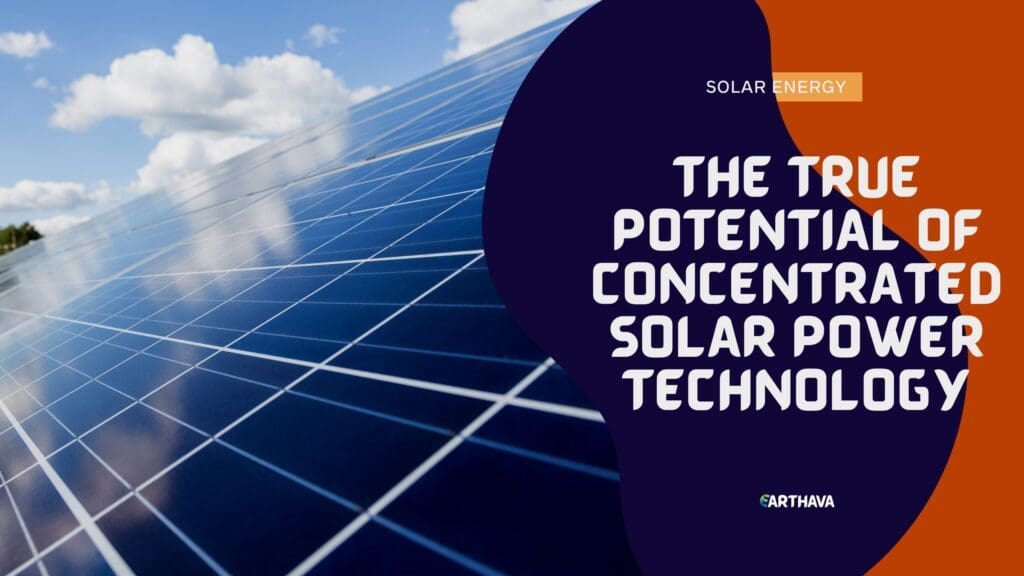Concentrated Solar Power (CSP) is a renewable energy technology that harnesses the sun’s energy to generate electricity. Unlike photovoltaic solar panels, which convert sunlight directly into electricity, CSP systems use mirrors or lenses to concentrate a large area of sunlight onto a small area, typically a receiver. This concentrated light is then used to heat a fluid, such as molten salt or water, to produce steam and drive a turbine to generate electricity.

CSP has the potential to provide reliable, dispatchable power, as the heat storage systems allow for electricity generation even when the sun is not shining. Additionally, CSP plants can be equipped with thermal energy storage, enabling them to continue producing electricity after sunset. This makes CSP a promising technology for meeting the increasing global demand for clean energy and reducing greenhouse gas emissions. In the following article, we will explore the various types of concentrated solar power (CSP) potential and challenges and their role in the transition to a more sustainable energy future.
Decreasing Power Sources
With so much use of electricity and decreasing power sources like gas, water, coal, and trees many places in different parts of the world are facing power shortages. Thus, it is vitally important to look for different sources of power. This is where solar power comes in, as it is a very viable alternative that costs a lot less and is getting more and more popular with every passing day.
Reducing the Use of Natural Resources
There are several options through which electrical energy can be obtained such as nuclear plants, biomass, and hydro-electric plants. However, these sources tend to have a major impact on the environment, like the greenhouse effect. When people opt for solar power. They are in return reducing the use of natural resources and other power resources like petrol and gas can also be preserved through smart usage.
Getting Rid Of Hazardous Wastes
Biomass and nuclear plants produce energy that is needed for businesses, homes, and different establishments. However, waste material is also produced by these power sources that are generally dumped into soil or water which is quite dangerous for the environment. Having said that, the best way is to make good use of solar power to get rid of all the hazardous waste materials that are mostly produced during the creation of electric energy.
Reduction in Pollution
Due to the production of hazardous waste materials in different power plants, water and air become highly polluted which is dangerous for the health and well-being of everyone around. Fortunately, power from the sun can help in the reduction of pollution which as a result makes the environment cleaner. For example, solar power can go on to prevent up to 5000 tons of greenhouse gases every year since it doesn’t emit any carbon dioxide.
Environment
By making use of such power, the environment can be made safer and cleaner. This is a possibility as one can reduce the use of electricity generated from biomass and nuclear plants. It also results in less use of disposable dry-cell batteries.
With all these environmental advantages of power from the sun, people can enjoy a safer and better environment they are living in for a very long time.


